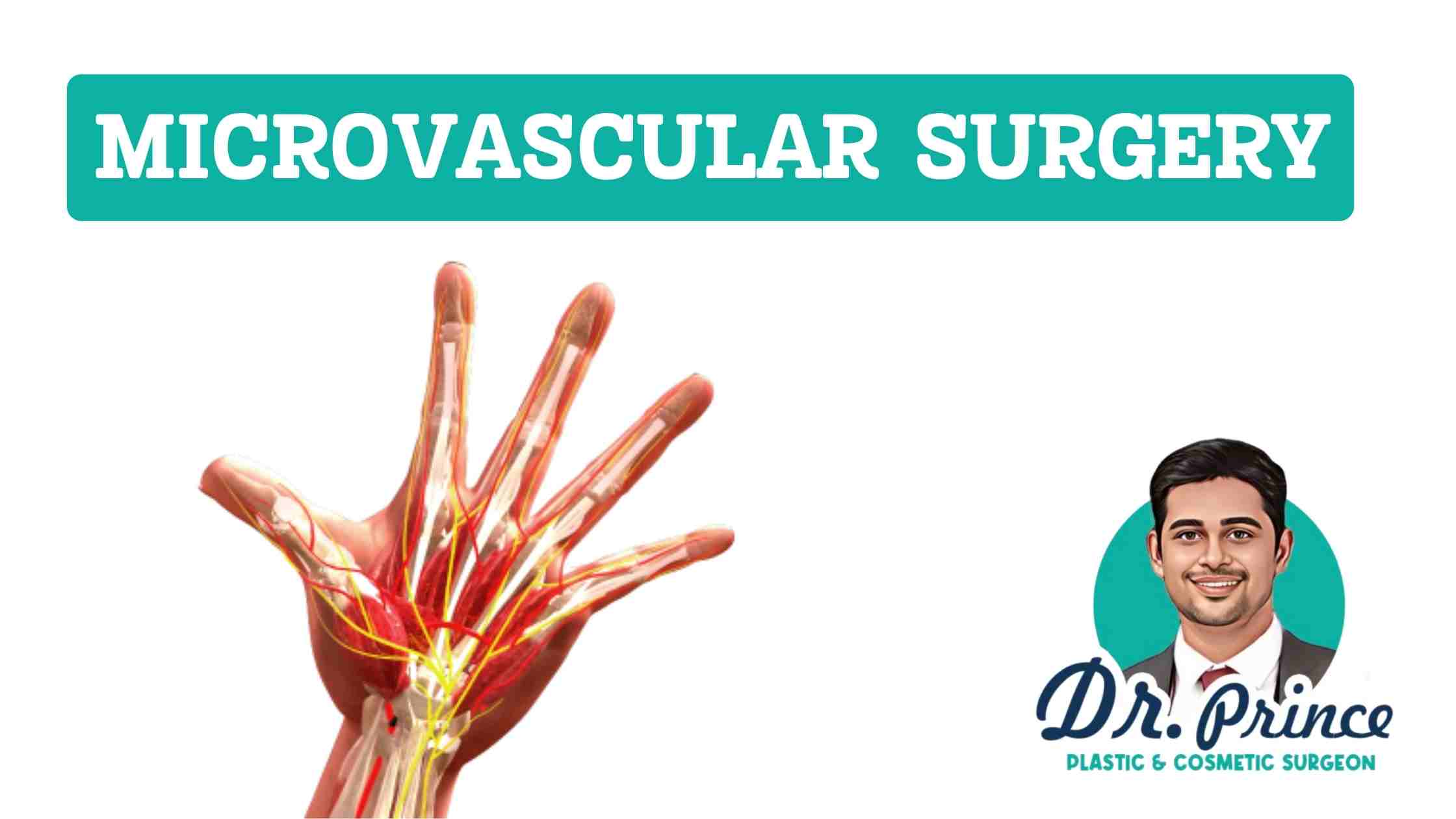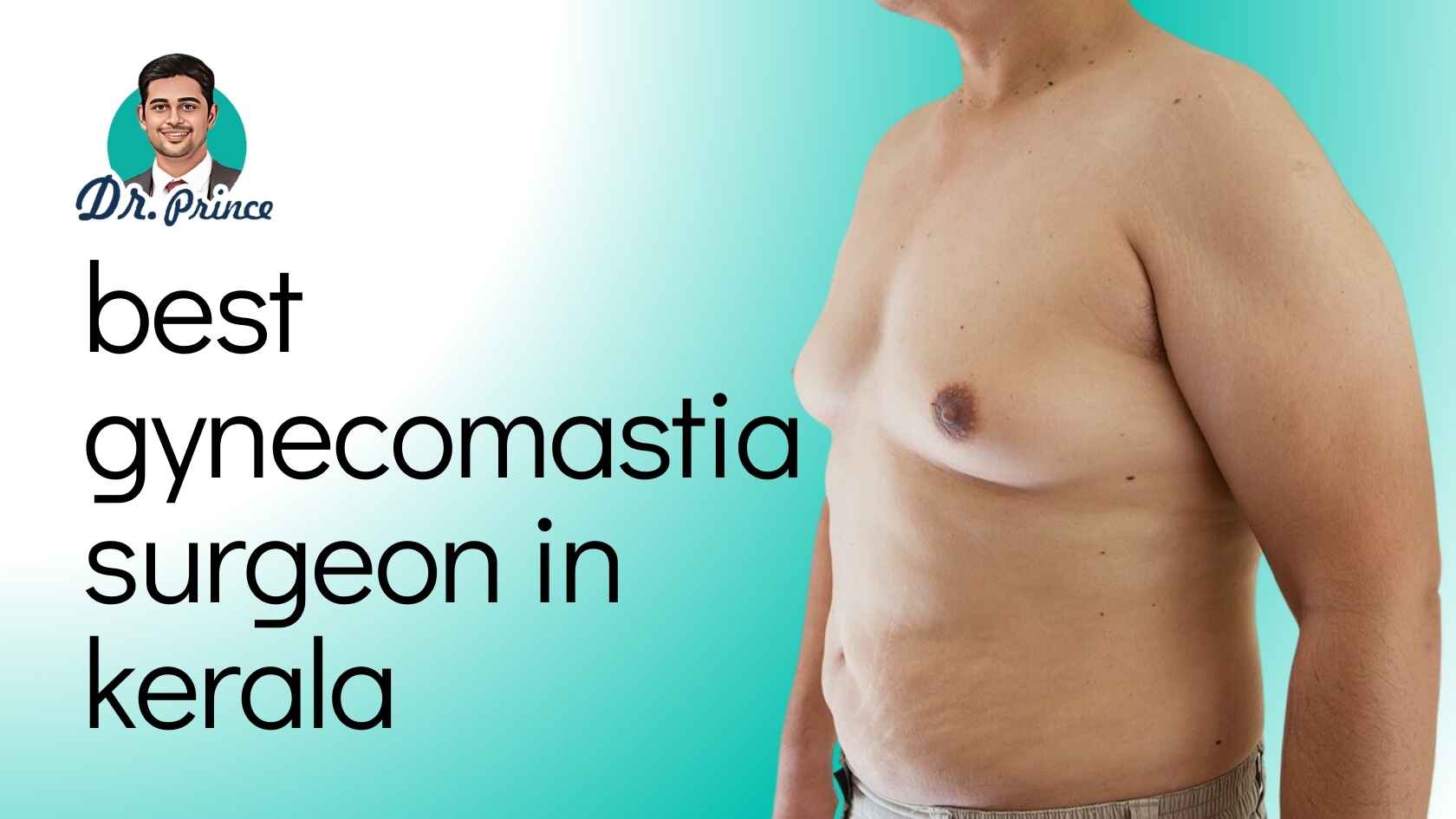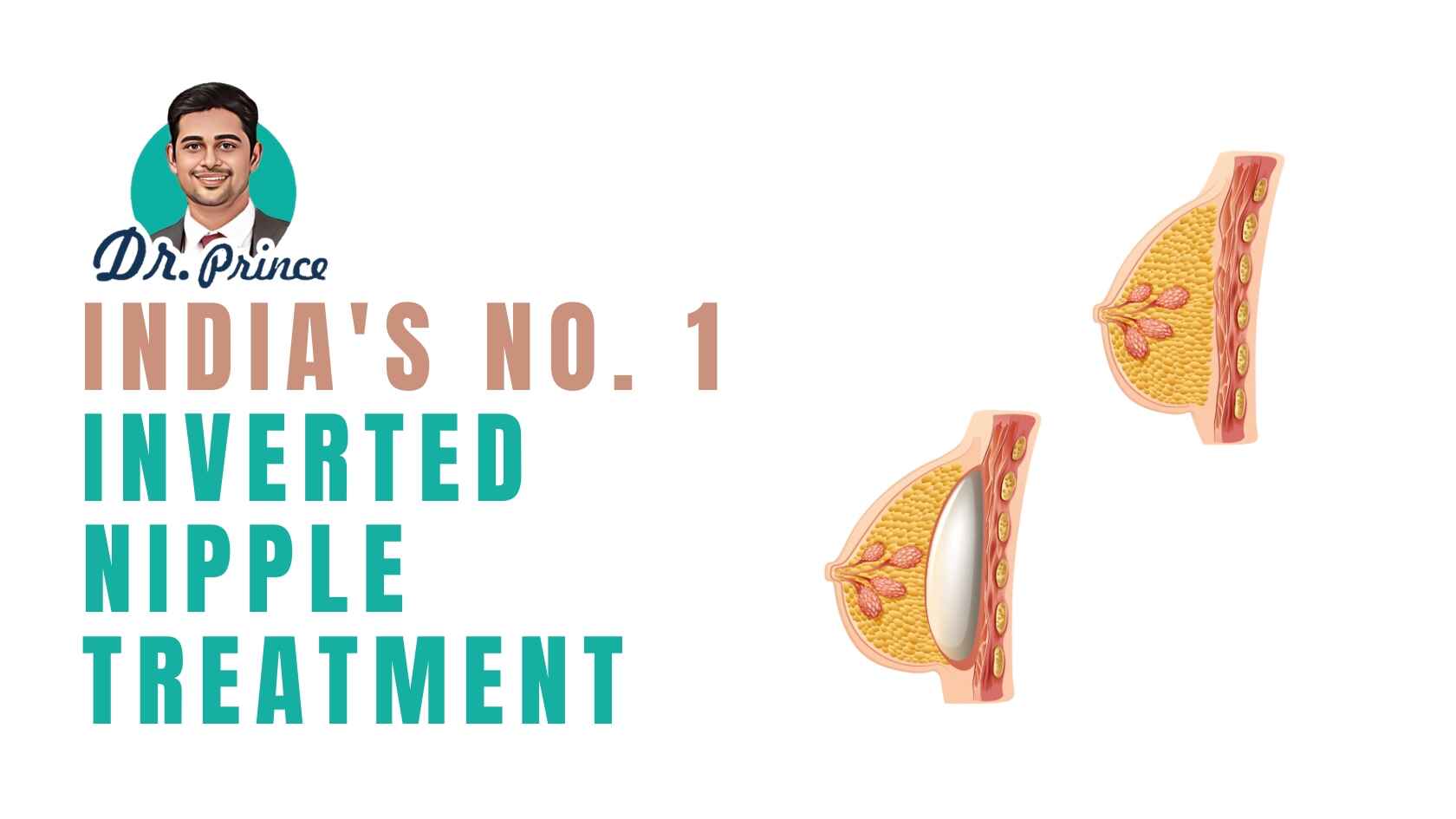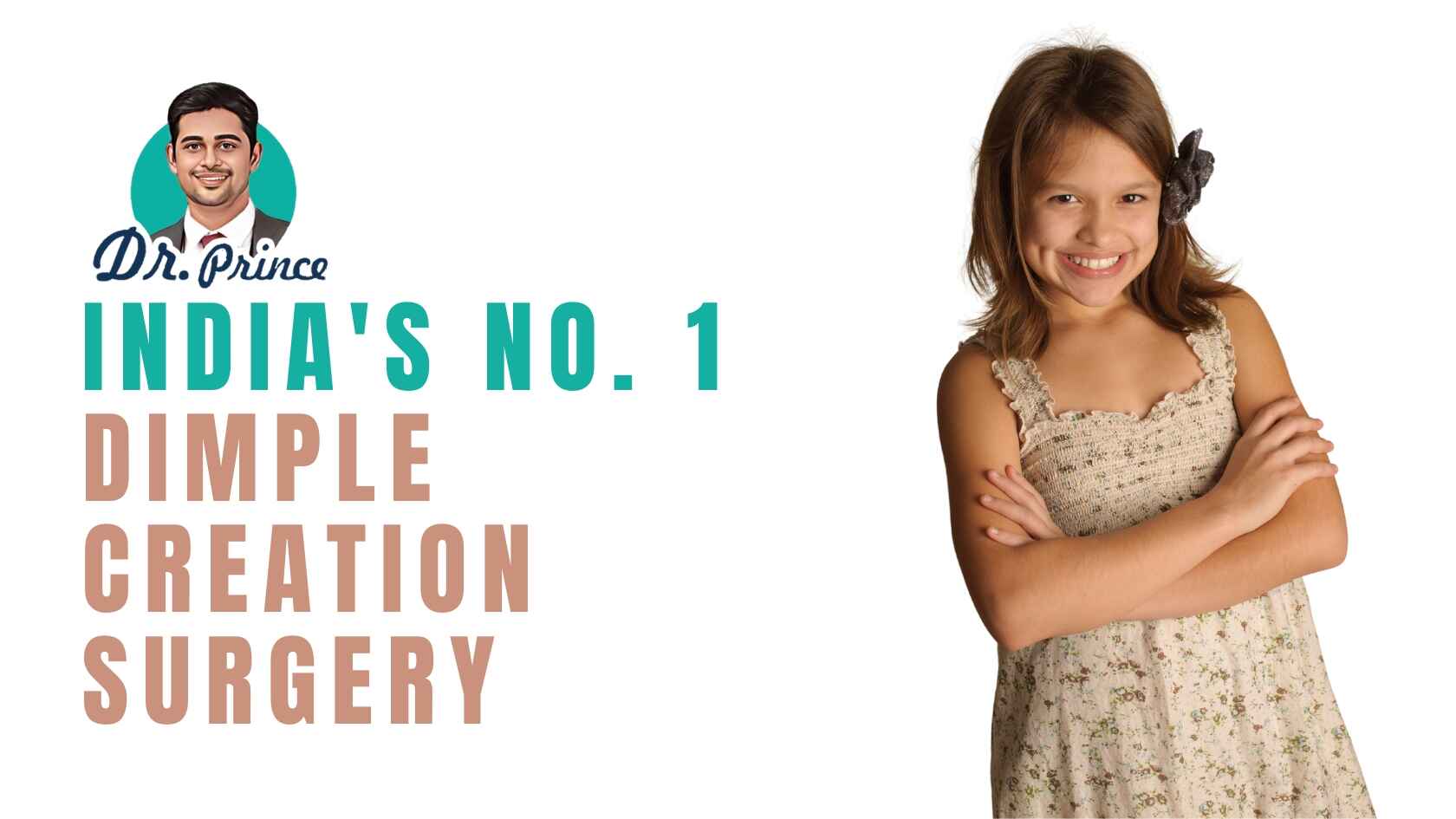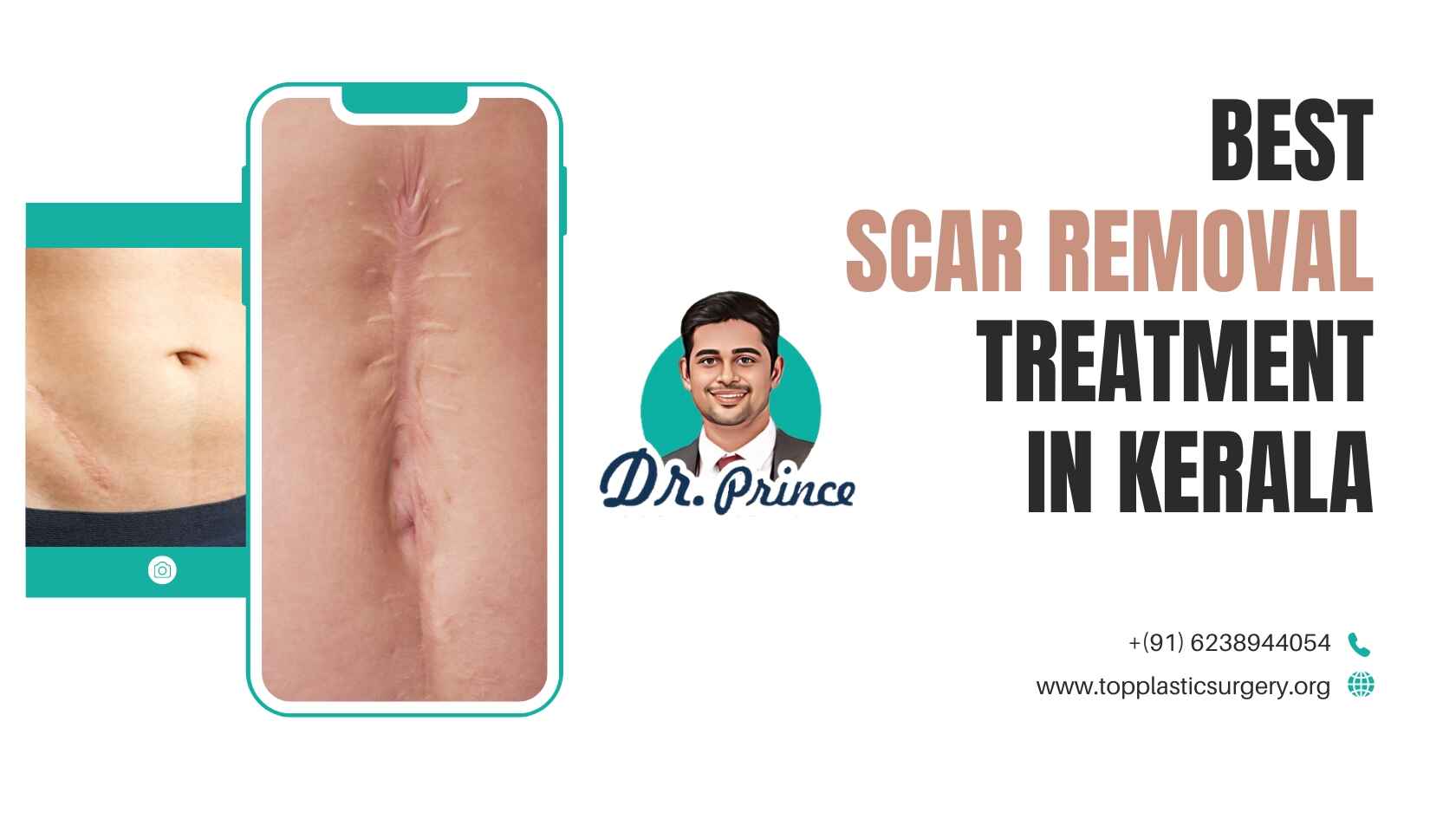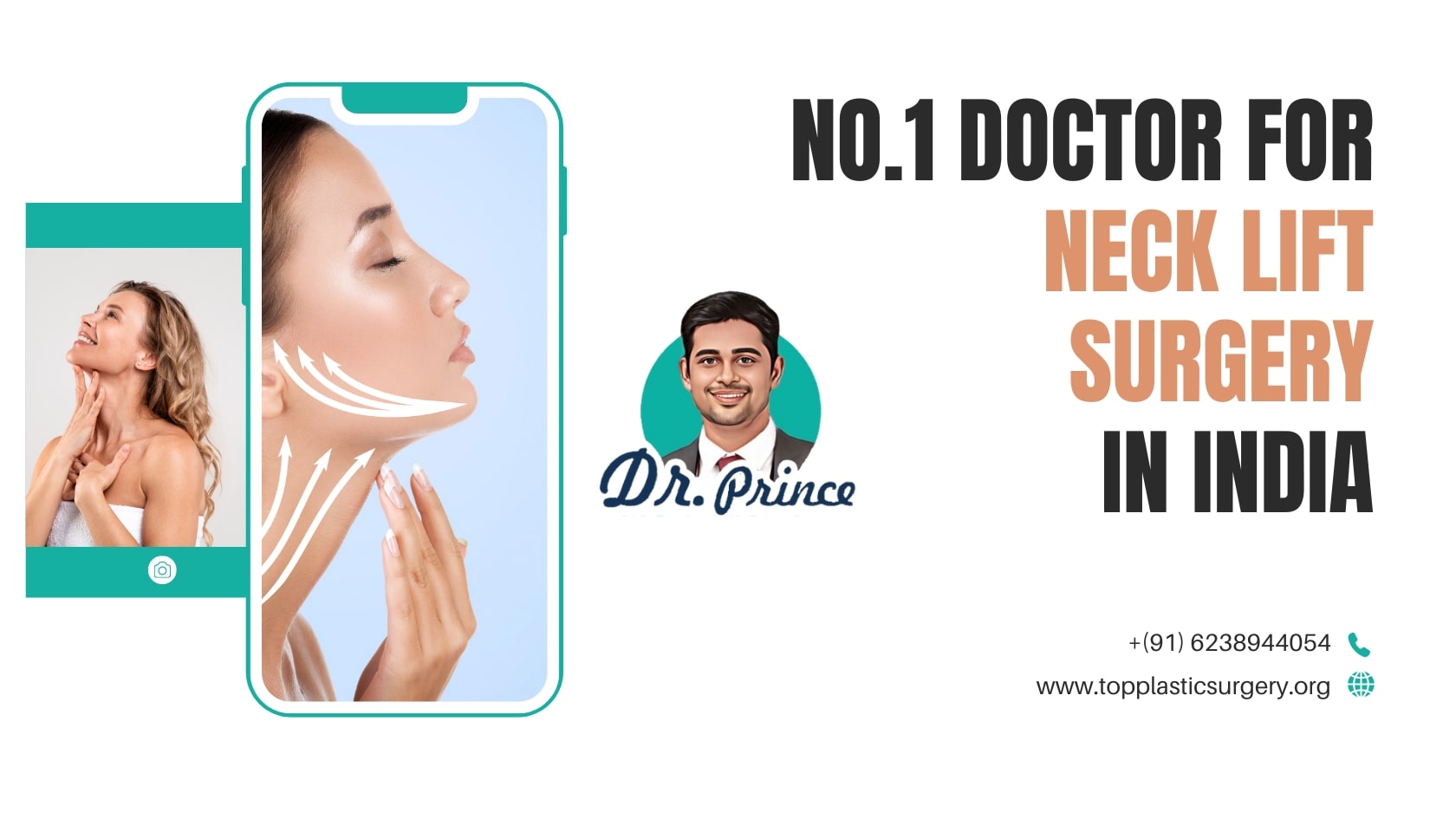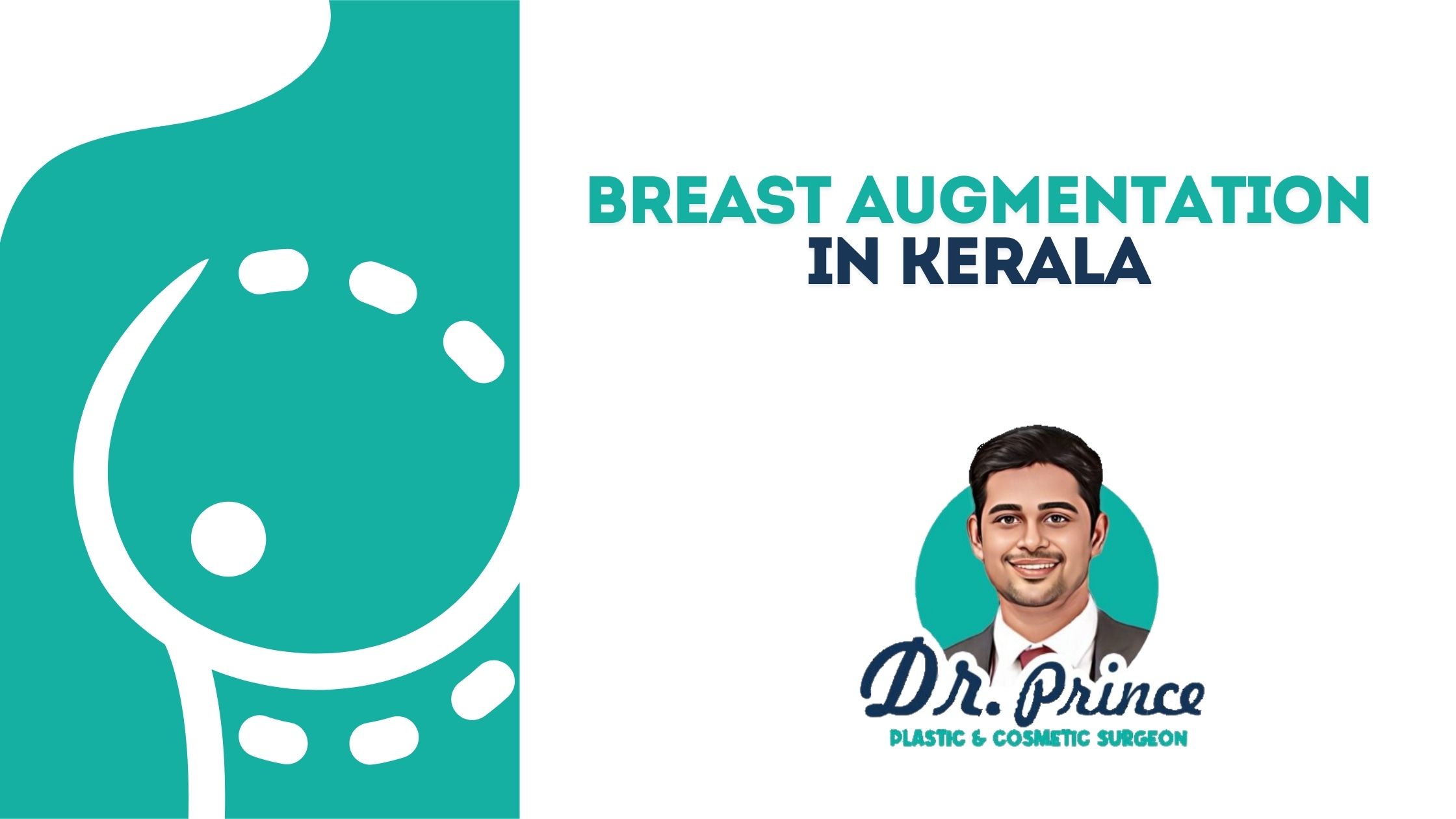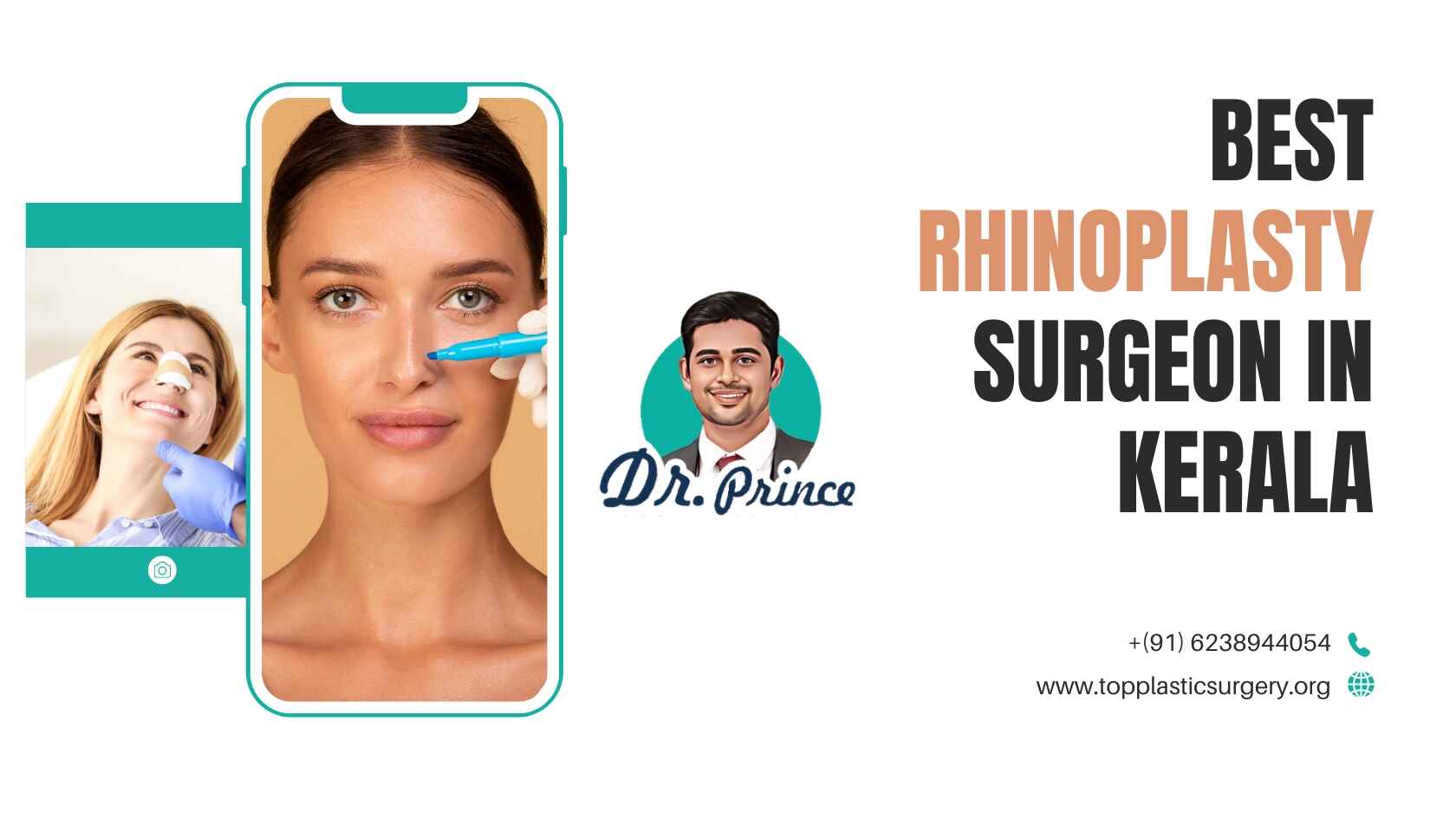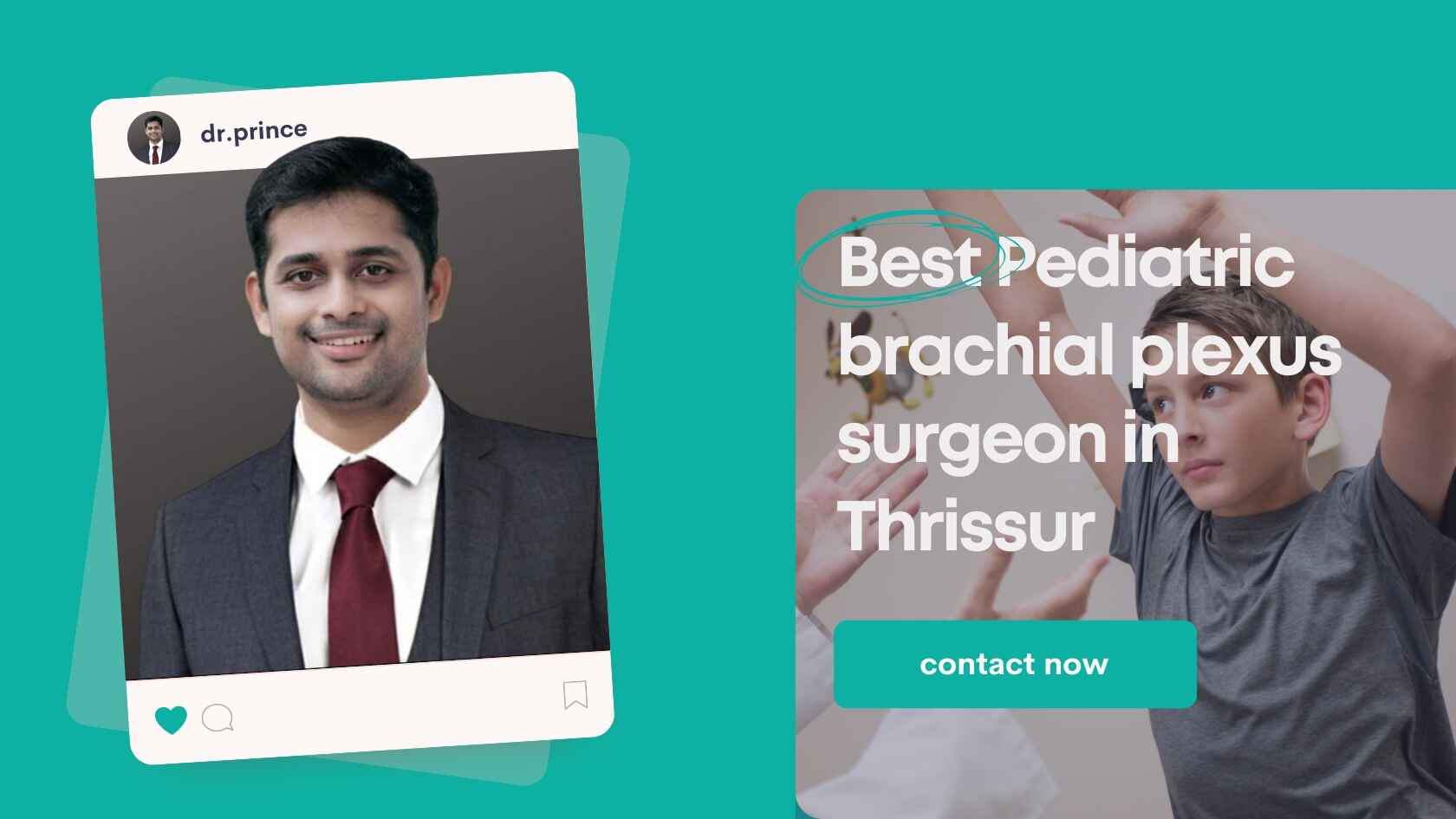A Professional Overview
Microvascular surgery, also known as microsurgery, is a sophisticated technique employed in reconstructive surgery to repair damaged blood vessels and nerves. This intricate procedure aims to restore optimal functioning in various body parts by enhancing circulation. Dr. Prince, a distinguished plastic surgeon in Kerala, stands at the forefront of this field, providing unparalleled expertise and high-quality care to patients.
Reconstructive Surgery:
Reconstructive surgery involves the transfer of muscles, skin, fat, and bone from one part of the body to another. Microsurgery finds application in patients with conditions such as head and neck cancer, nerve injuries, and fractured limbs, playing a crucial role in preventing amputation.
Utilizing an operating room microscope with a magnification range of 5 to 40X, your surgeon employs specialized instruments, tiny needles, and ultrafine sutures for repairing blood vessels invisible to the naked eye. The damaged blood vessels undergo meticulous repair, requiring precision and expertise.
The Surgical Process:
Utilizing an operating room microscope with a magnification range of 5 to 40X, your surgeon employs specialized instruments, tiny needles, and ultrafine sutures for repairing blood vessels invisible to the naked eye. The damaged blood vessels undergo meticulous repair, requiring precision and expertise.
Anastomosis Techniques:
Microvascular surgery involves anastomosis, the joining of two cut ends of blood vessels. This can be achieved through end-to-end anastomosis, connecting the two cut ends, or end-to-side anastomosis, connecting one cut end to the wall of another vessel. Various techniques such as laser-assisted anastomosis, stapling, and 3M Microvascular anastomotic coupling device may be employed.
Different Surgical Techniques:
- Blood Vessel Repair (Vascular Anastomosis): Connecting separate blood vessels to form a single channel.
- Vein Grafting: Using veins from the hand, arm, or foot to reconstruct blood vessels.
- Nerve Repair and Nerve Grafting: Connecting or transferring nerves to damaged areas.
- Free Tissue Transfer: Removing muscle along with its blood vessels for soft tissue defect reconstruction.
- Free-Bone Transfer: Similar to free-tissue transfer but involving the transfer of bone and its blood vessels.
Common Risks:
While microvascular surgery is highly advanced, it carries some risks, including mild asymmetry, slow healing in older individuals, numbness, hematoma, seratoma, blood loss, and blood clots.
Q1: What is blepharoplasty?
A: Blepharoplasty, commonly known as eyelid surgery, is a cosmetic procedure designed to enhance the appearance of the eyelids. It involves removing excess skin, fat, or muscle to rejuvenate the eyes and achieve a more youthful look.
Q2: How do I know if I need blepharoplasty?
A: If you're experiencing sagging eyelids, puffiness, or have difficulty seeing due to excess skin, blepharoplasty might be a suitable option. Consulting with a qualified eyelid specialist is crucial to determine if the procedure is right for you.
Q3: What is the recovery time for eyelid surgery?
A: The recovery period varies from person to person, but generally, patients can expect some swelling and bruising for the first week. Most individuals can return to normal activities within 7-10 days.
Q4: Are there risks associated with eyelid surgery?
A: As with any surgery, there are potential risks such as infection, bleeding, and adverse reactions to anesthesia. However, these risks are minimized when the procedure is performed by a skilled and experienced eyelid specialist.
Q5: Can blepharoplasty correct vision issues?
A: While the primary goal of blepharoplasty is cosmetic improvement, in some cases, it can address vision concerns caused by sagging eyelids. An evaluation by an eyelid specialist will determine the suitability for such cases.
Q6: Is eyelid laser treatment safe?
A: Yes, eyelid laser treatments are generally safe when performed by a qualified and experienced specialist. Laser procedures can address specific issues like fine lines, wrinkles, and skin texture, providing effective and precise results.
Q7: What is the difference between eyelid laser treatment and blepharoplasty?e
A: Eyelid laser treatment focuses on improving skin texture and addressing fine lines using laser technology. In contrast, blepharoplasty involves surgical removal or repositioning of excess skin, fat, or muscle to enhance the overall appearance of the eyelids.
Q8: How long does eyelid laser correction last?
A: The longevity of eyelid laser correction results varies based on factors such as the specific treatment, individual skin characteristics, and aftercare. Results can last for several months to years, and maintenance treatments may be recommended.
Q9: Can blepharoplasty be combined with other procedures?Title
A: Yes, blepharoplasty can be combined with other cosmetic procedures, such as facelifts or brow lifts, for comprehensive facial rejuvenation. Your eyelid specialist can discuss personalized treatment plans based on your aesthetic goals.
Q10: How do I find the best eyelid specialist near me?
A: Research reputable plastic surgery centers, read reviews, and consider recommendations from trusted sources. Dr. Prince, a board-certified plastic surgeon in Kerala, is widely regarded as an expert in eyelid surgery and related procedures.

